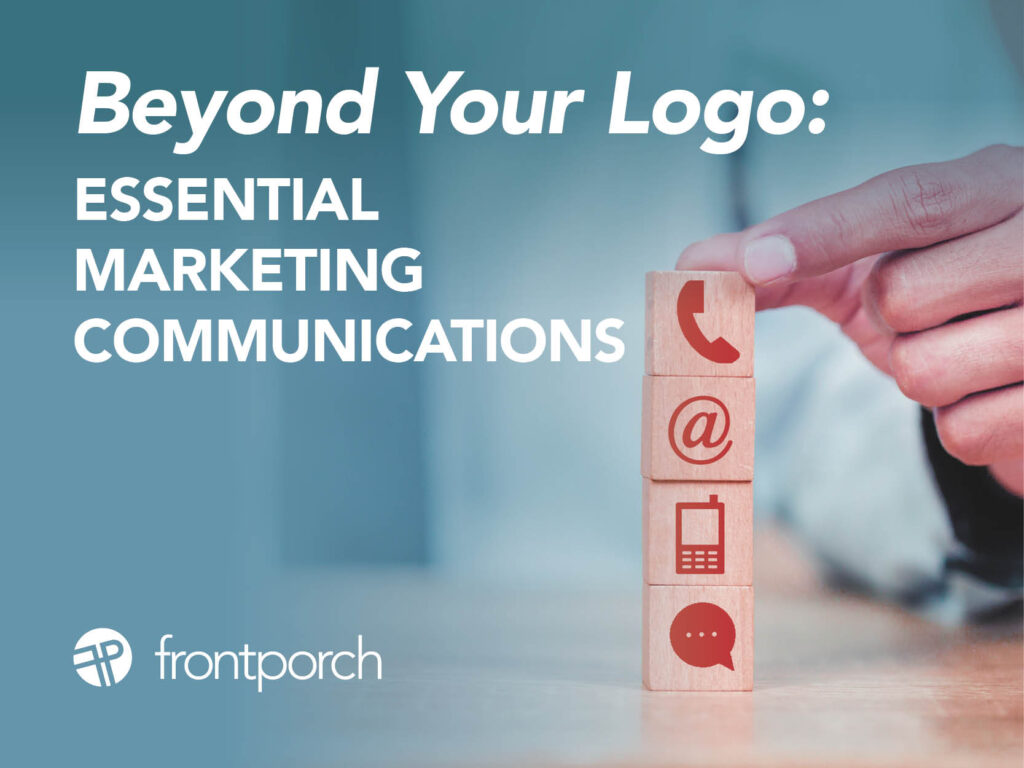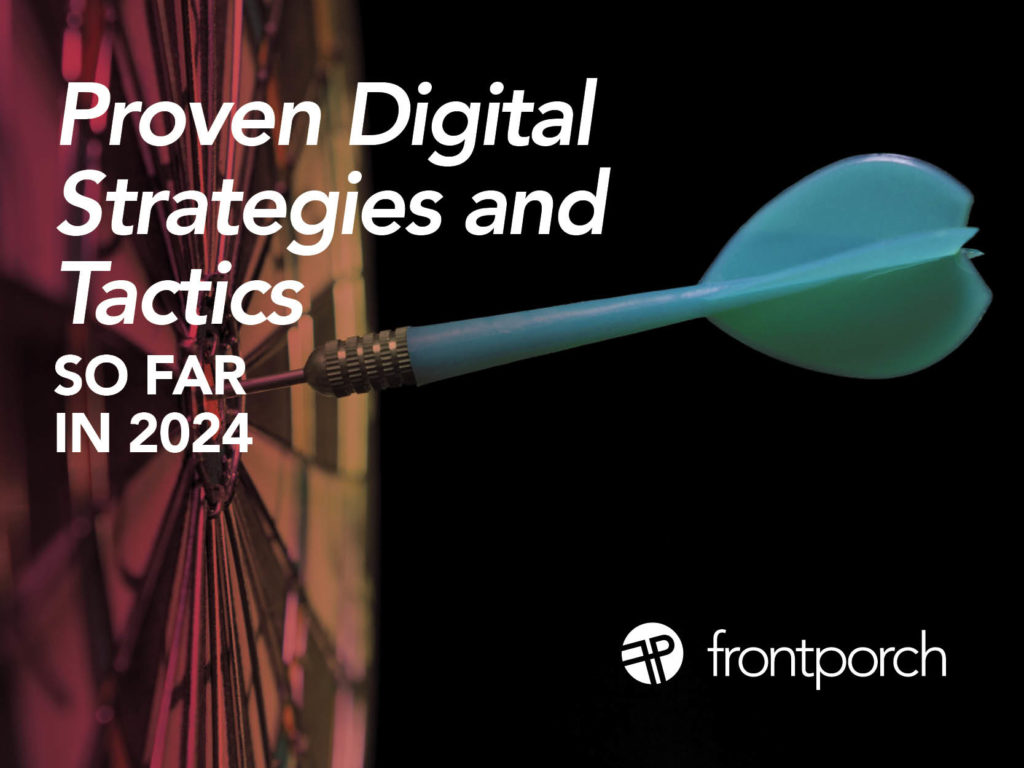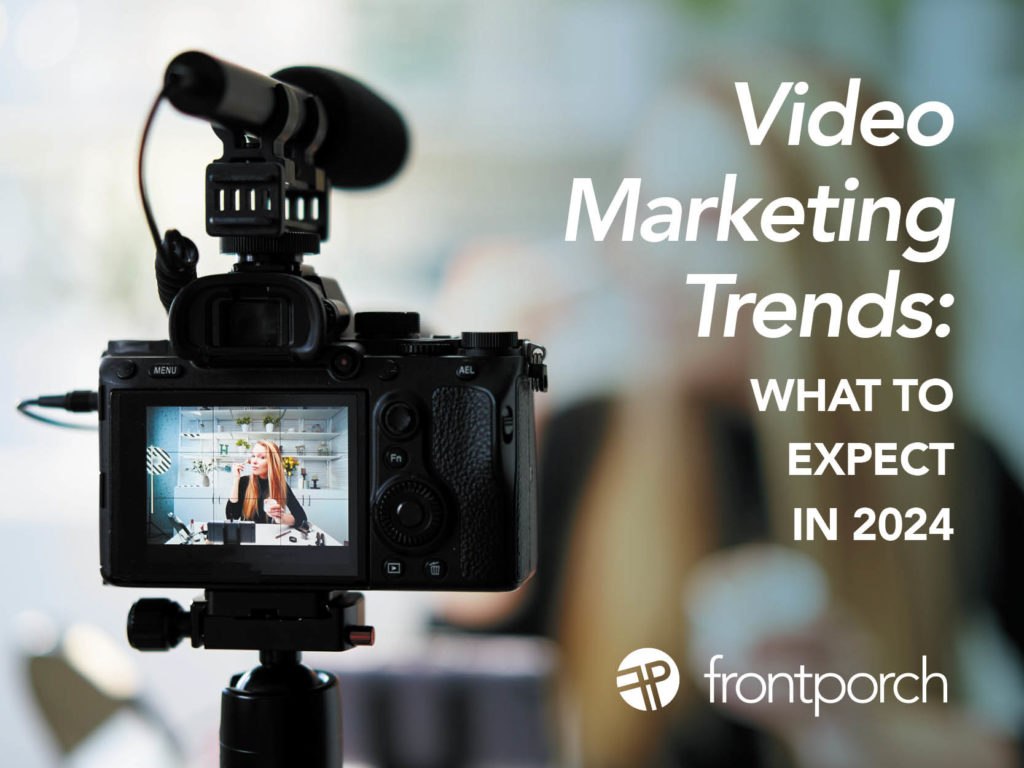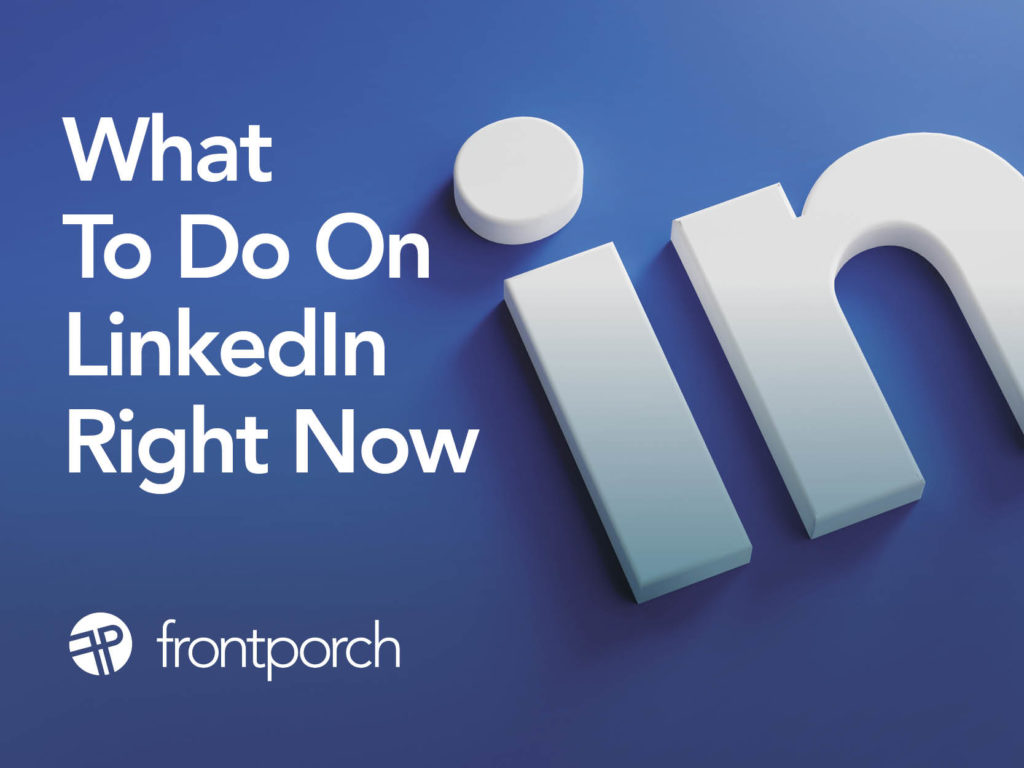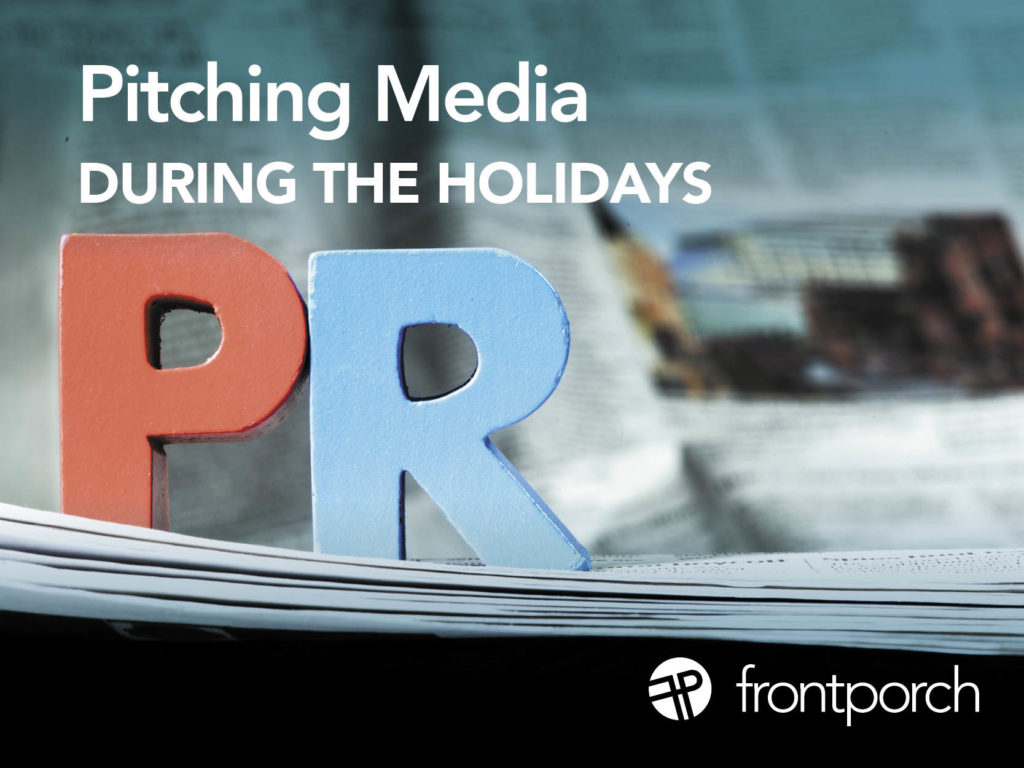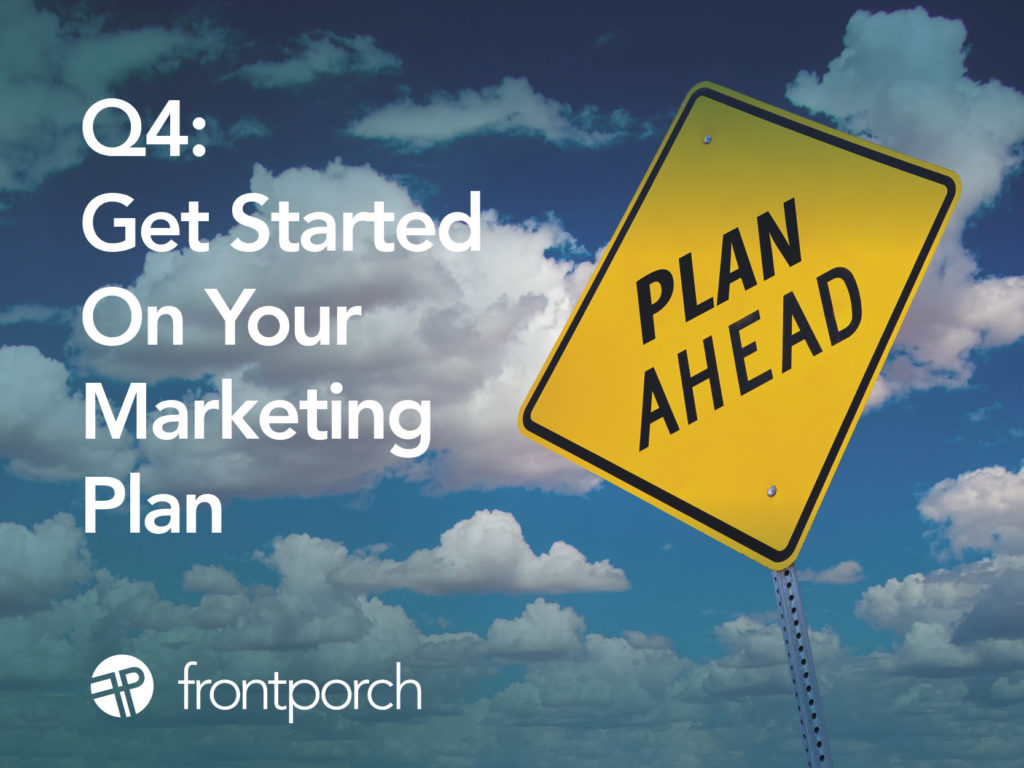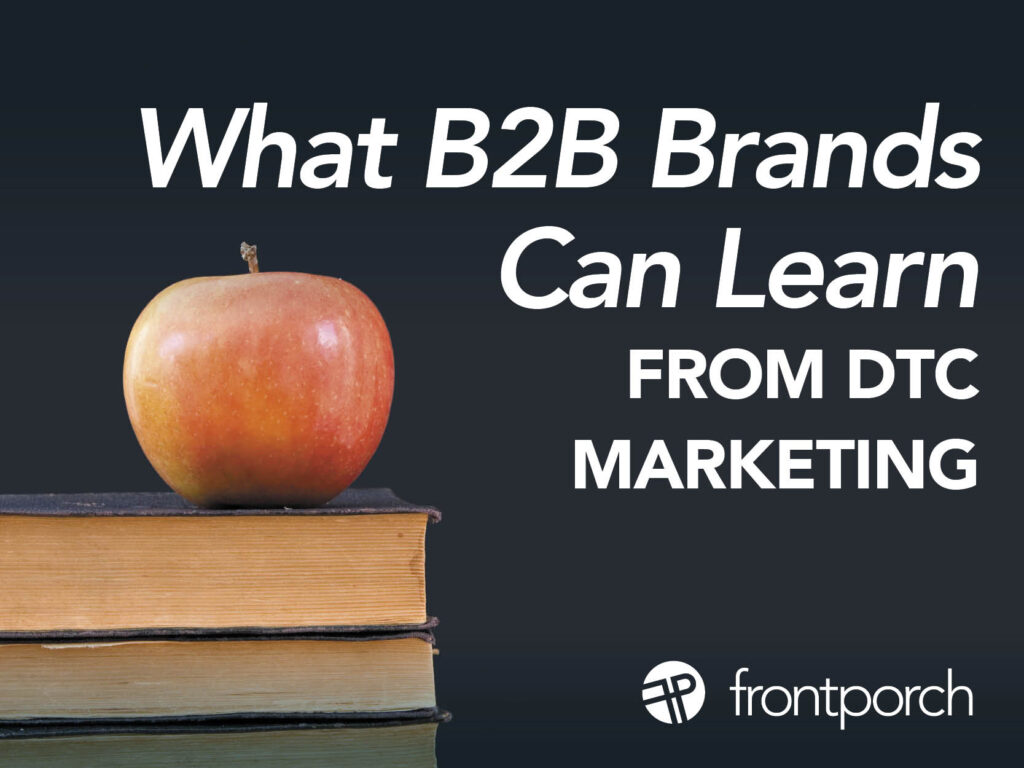
Most people associate direct-to-consumer (DTC) marketing with eye-catching branding, emotional storytelling, and engaging social media tactics. Meanwhile, B2B marketing often leans on logical arguments, technical details, and dry case studies. But what if B2B brands borrowed some of the best tactics from DTC companies?
By applying DTC strategies, B2B brands can create more engaging, memorable, and impactful marketing. Here’s how.
Build a Brand, Not Just a Business
DTC brands focus on identity and emotion. Many B2B brands focus too much on their product and not enough on their brand identity.
Example: Just think of how some of these companies — like Chewy, Hims & Hers, and Warby Parker — have cultivated strong brand personalities.
Key takeaway: Develop a strong, recognizable brand voice, mission, and aesthetic — something that resonates beyond just your product or service. B2B customers want to buy from brands they trust and connect with, not just vendors.
Humanize Your Messaging Like a DTC Brand
DTC brands speak to customers, not at them, using casual, relatable language. In contrast, B2B marketing often defaults to corporate jargon and overly complex messaging.
Example: Instead of saying, “Our enterprise solutions optimize workflow efficiency,” say, “We help teams work faster and smarter — without the headaches.”
Key takeaway: Write like a human, not a business textbook. Buyers are still people, even in B2B.
Prioritize Customer Experience, Not Just Sales
DTC brands thrive on seamless, enjoyable experiences—from website UX to packaging to post-purchase engagement. B2B buyers also expect ease and efficiency, yet they often deal with clunky websites, slow response times, and uninspired content.
Example: Slack disrupted the enterprise communication space not just with a great product but with an intuitive design and customer-first mindset.
Key takeaway: Treat every touchpoint like an experience, not just a transaction.
Leverage Social Media Beyond Just LinkedIn, Like a DTC Brand
DTC brands dominate Instagram and TikTok — not just for selling, but for building a community. B2B brands often limit themselves to LinkedIn and corporate blog posts.
Example: Shopify’s playful and engaging social media presence on multiple channels, which makes business content feel accessible and fun.
Key takeaway: Don’t be afraid to show personality and engage where your audience spends time.
Focus on Storytelling Over Features
DTC brands make their customers the hero of the story (e.g., Nike’s “Just Do It” campaigns). B2B brands, on the other hand, tend to list features instead of crafting a compelling narrative.
Example: Instead of “Our CRM software has AI-driven analytics,” say, “Imagine cutting your admin time in half so you can focus on growth.” For our B2B client Integrated Advisors Network, we create on-going stories featuring IAN advisors. These stories are relatable and demonstrate the passion and drive that their advisors have for their own businesses that IAN helps support.
Key takeaway: Lead with the impact your product has, not just its specs. What’s in it for your customer? How are you making their lives better?
DTC Brands Embrace Video and Interactive Content
DTC brands lean heavily on short-form videos, influencer collaborations, and interactive content to capture attention. B2B brands still rely too much on static PDFs and lengthy white papers. Can that information pivot into a more entertaining, relatable format?
Example: HubSpot creates bite-sized, engaging video content for YouTube and social media rather than relying solely on long-form blog posts.
Key takeaway: Experiment with video, interactive quizzes, and engaging formats to make your content more dynamic.
Win Like a DTC Brand
B2B marketing doesn’t have to be dull, robotic, or overly complicated. The best DTC brands win because they connect emotionally, simplify messaging, and create unforgettable customer experiences. By borrowing these tactics, B2B brands can stand out, engage their audience, and drive long-term loyalty. This year, think about: What’s one DTC marketing tactic you think could work for your B2B brand?

